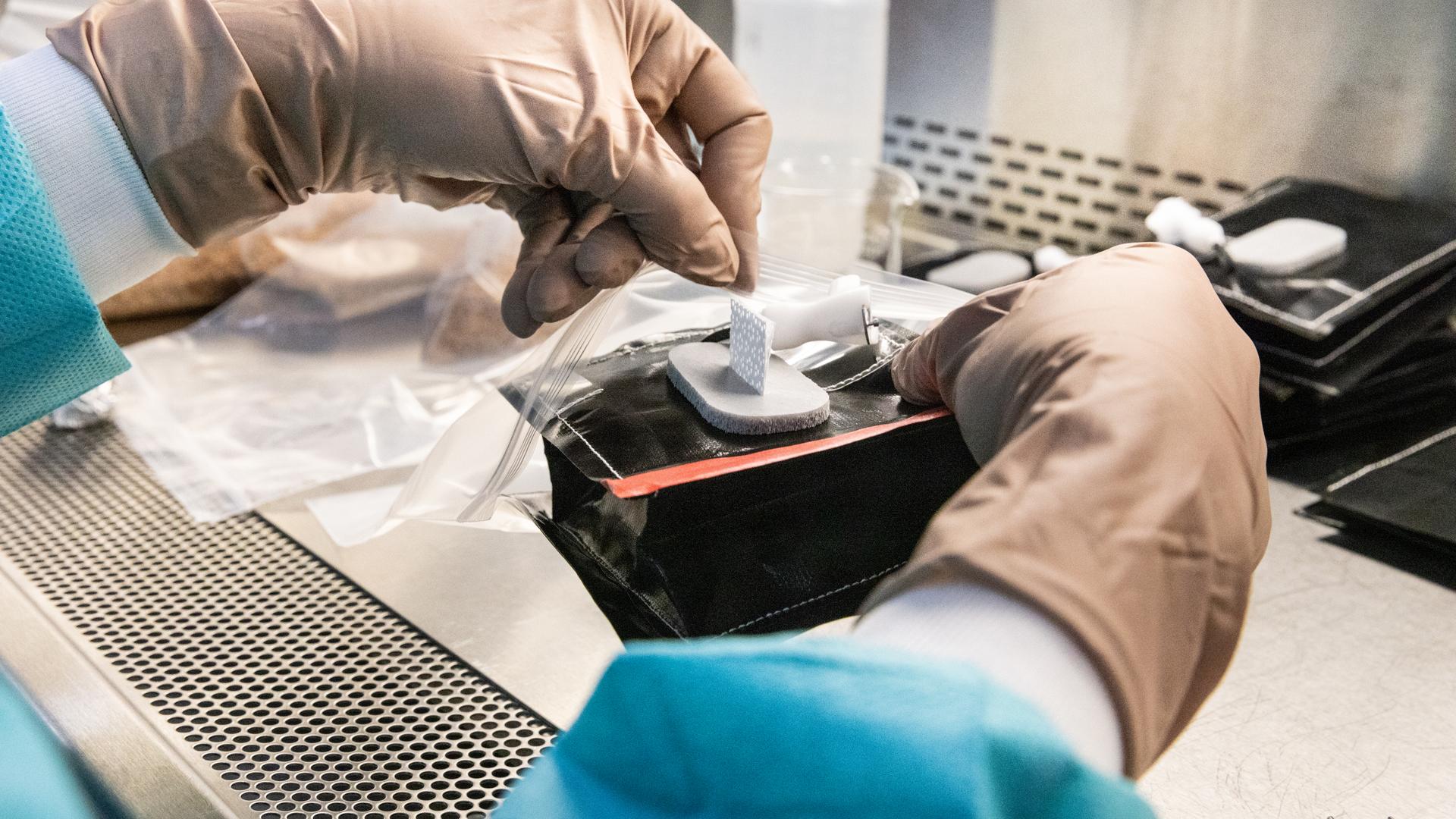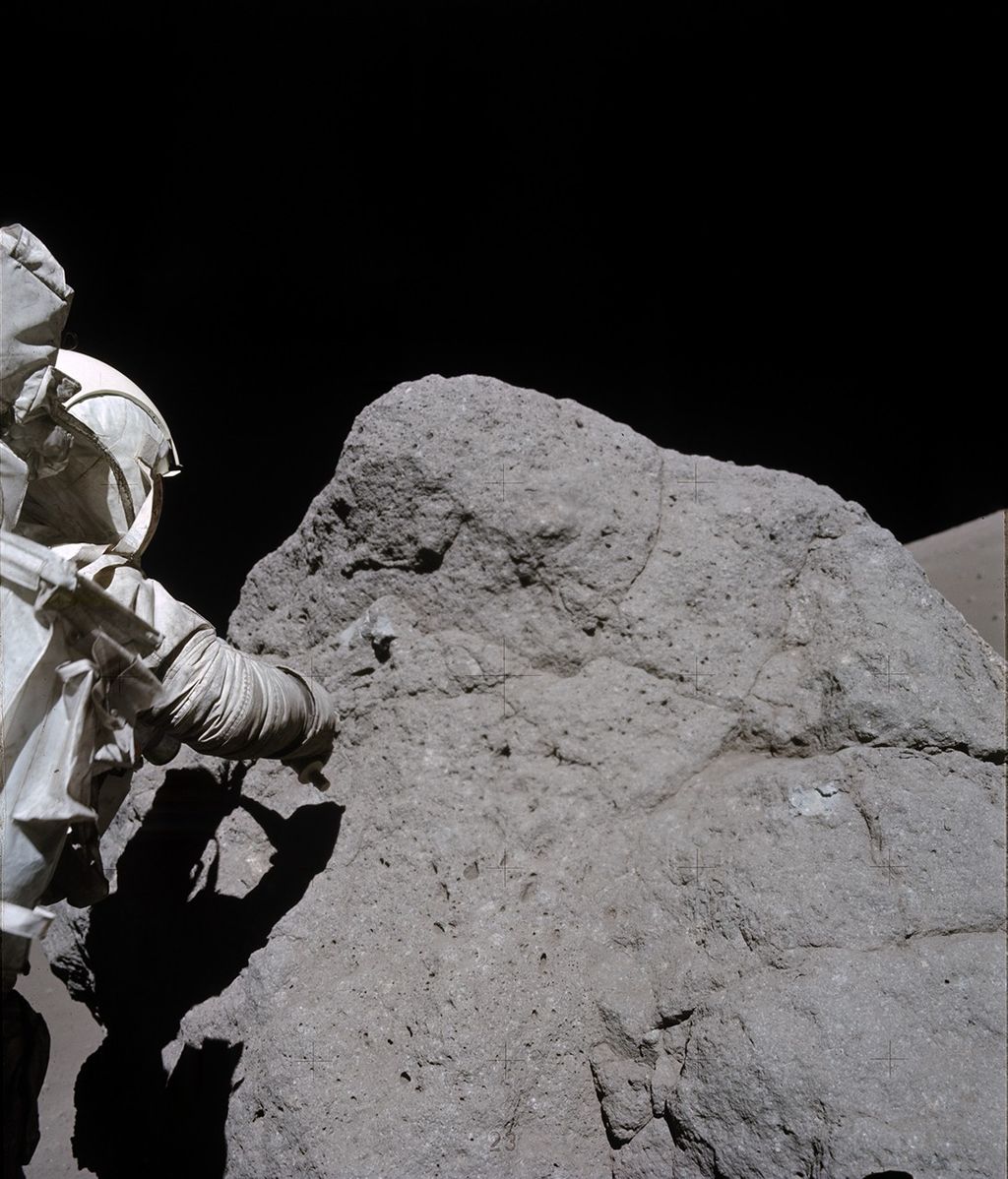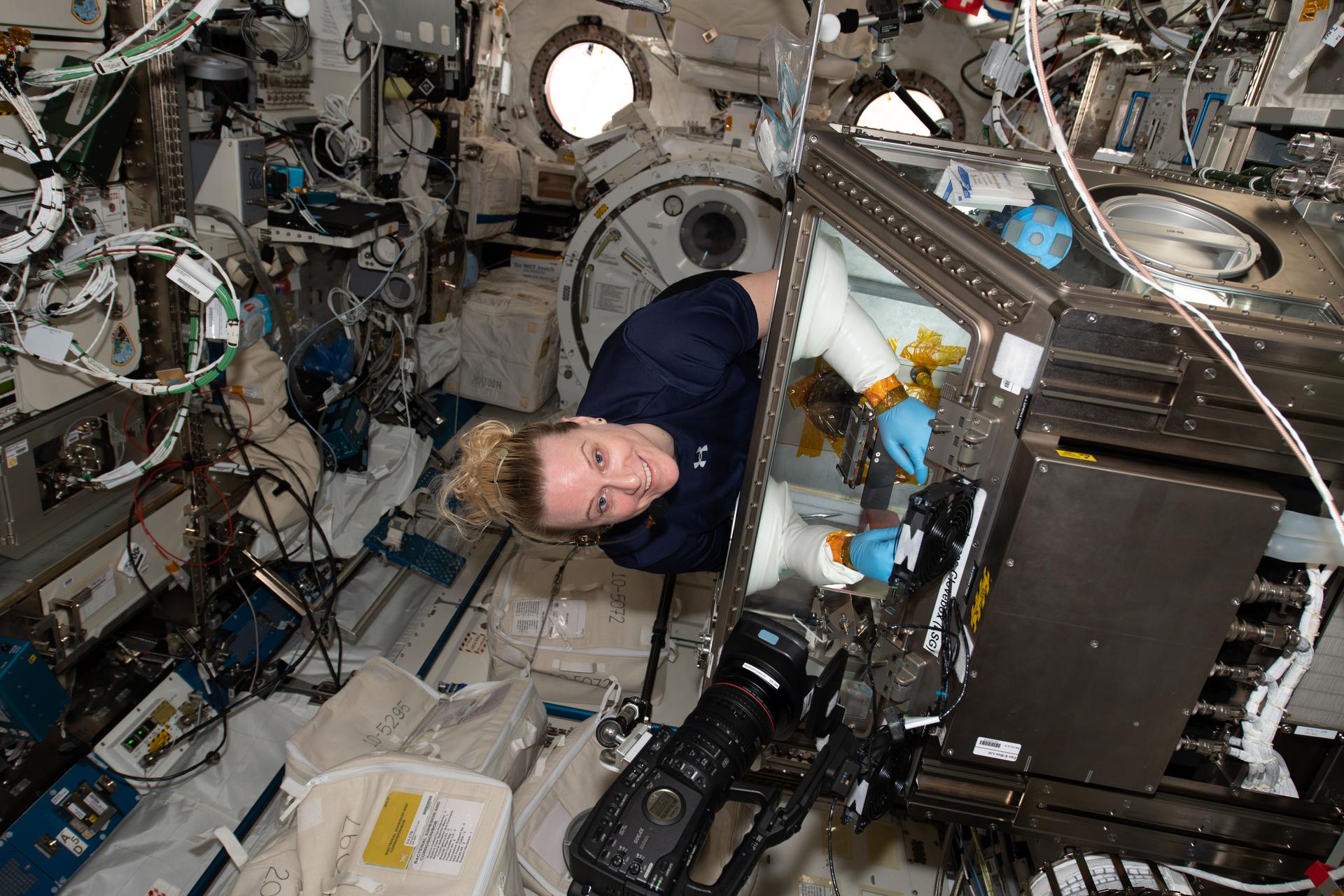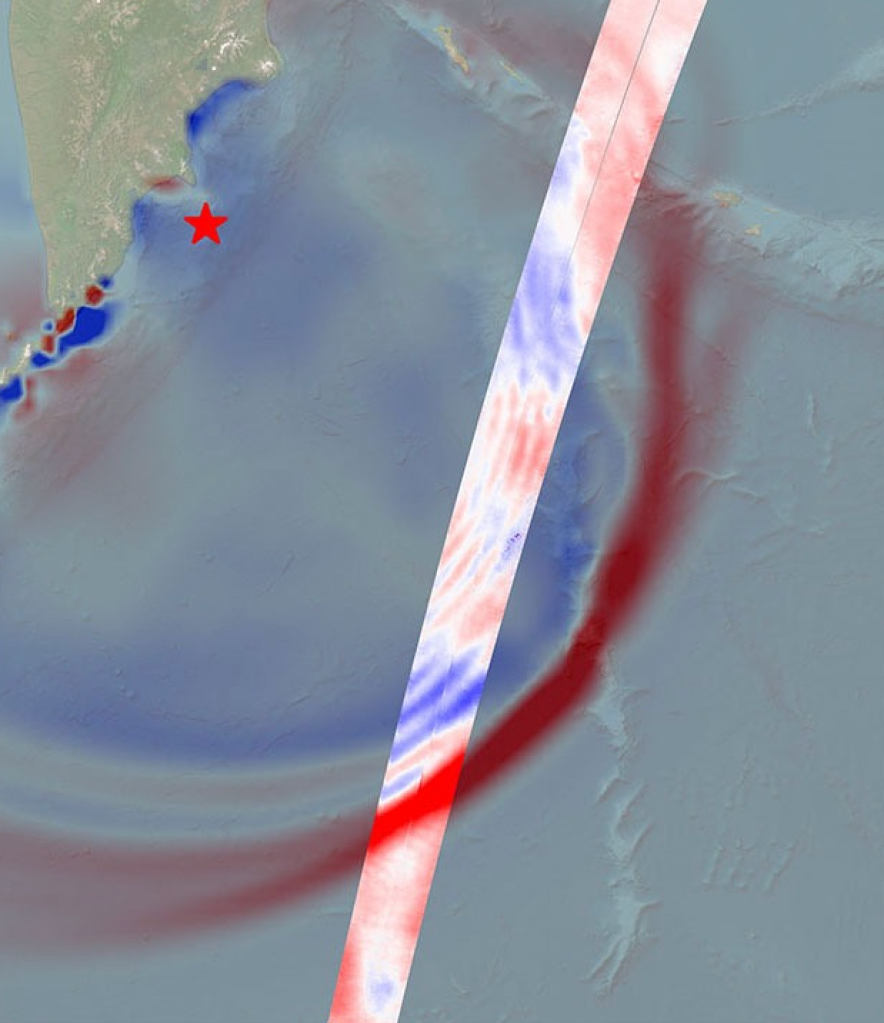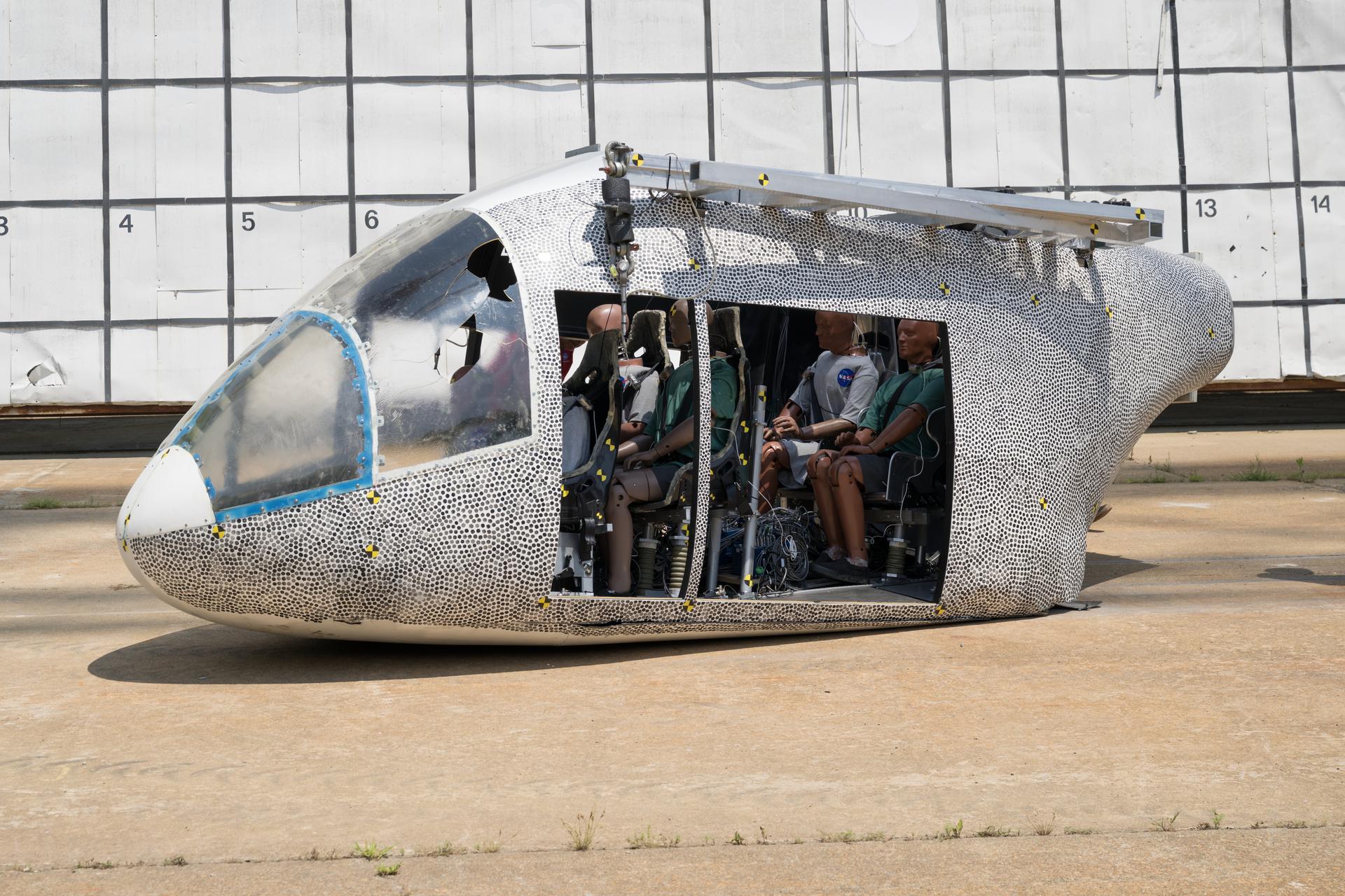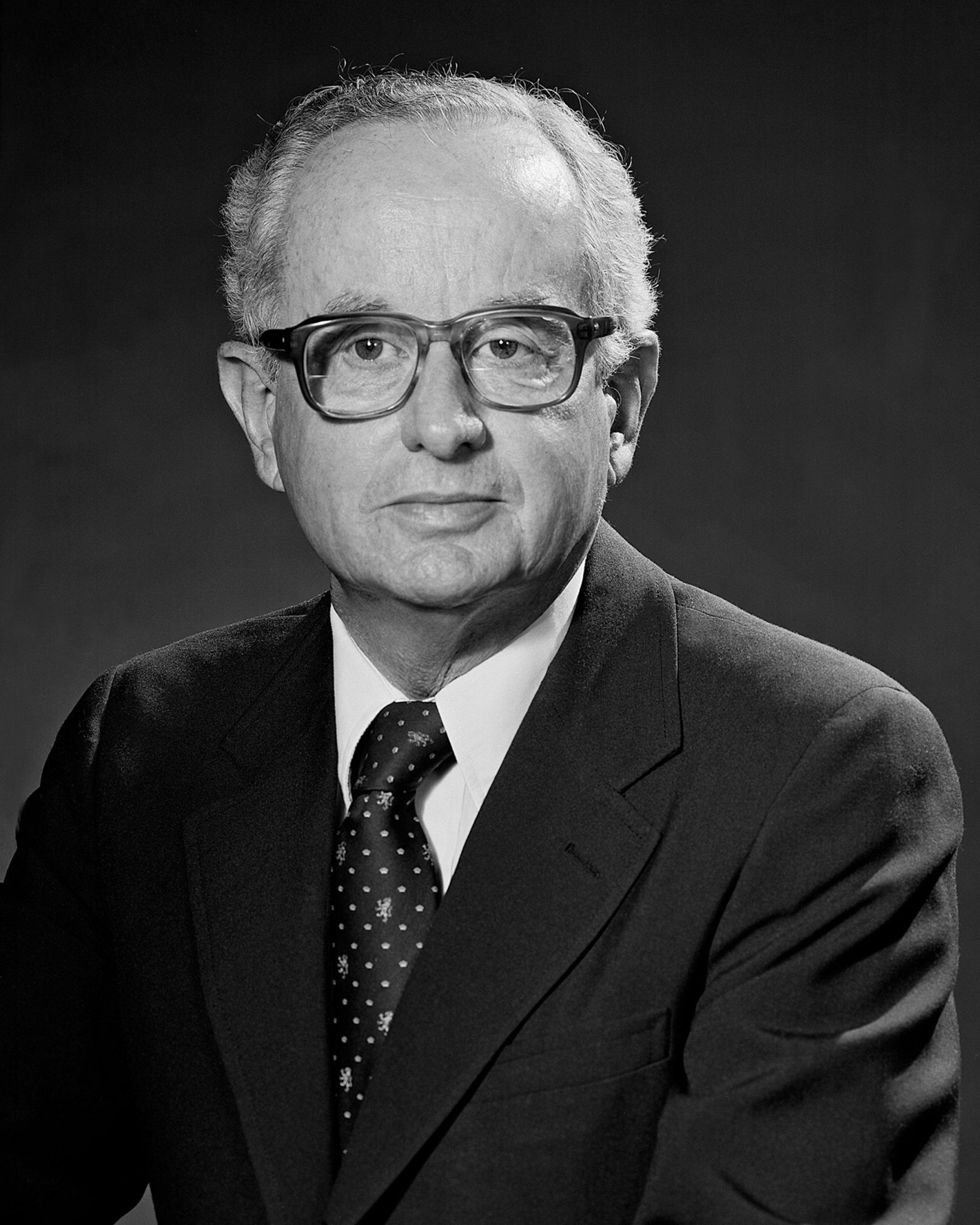Edward C. Polhamus
Edward C. “Eddie” Polhamus (1923–2001) was a brilliant aerodynamicist and engineer who contributed three revolutionary advances in aeronautics – the first practical concept for variable-sweep wings, a methodology for the prediction and control of vortex flows, and applications of cryogenic technology to wind-tunnel testing.
Polhamus was born in Washington D.C. and attended the University of Maryland, where he graduated with a bachelor of science degree in mechanical engineering. He joined the NACA Langley Memorial Aeronautical Laboratory in 1944, and was assigned to the Langley 7 by 10-Foot Atmospheric Wind Tunnel (AWT), which had been constructed in the early 1930s. His career with the NACA and NASA extended for 52 years as an internationally recognized research engineer, branch head, and distinguished research associate. He combined experimental and theoretical studies of fundamental and applied aerodynamics, conducting and managing aerodynamic studies at subsonic and transonic speeds. Polhamus was noted for his keen intuition and analysis methods.
His first major contribution in aerodynamics resulted from rising interests in multi-mission military aircraft capable of high cruise speeds, coupled with short-field takeoff and landing capability. The concept of varying wing sweep during flight to provide such capabilities had first occurred to the Germans near the end of World War II. A prototype Messerschmitt P.1101 aircraft was being prepared for flight tests when captured by the U.S. Army and transported to the U.S. for evaluations. Early tests at Langley on generic configurations indicated that large unacceptable changes in stability and control would occur if the wings were swept forward and rearward about a single fixed pivot point in the fuselage. The Bell Aircraft Company had used the P.1101 to design the first American variable-sweep airplane, the Bell X-5. The X-5 attempted to minimize the adverse effects noted in Langley tests by translating the wing center section forward and rearward, repositioning the aircraft’s aerodynamic center, using a relatively heavy drive system that proved to be an unacceptable performance penalty.
Polhamus conducted extensive experimental research on other solutions for variable-sweep wings, during which he developed an “outboard-pivot concept” in which two fixed pivot points located outboard of the fuselage minimized adverse effects. Polhamus’ concept significantly reduced weight and complexity of the variable-sweep mechanism while simultaneously improving low- and high-speed aerodynamic performance. Recognizing the potential benefits of the outboard-pivot concept, Langley manager John Stack successfully advocated its first use to the U.S. Air Force for the emerging F-111 fighter bomber. Every subsequent production aircraft with variable wing sweep has used Polhamus’ concept. Examples include the U. S. F-111, F-14, and B-1. Polhamus is the holder and co-holder of three patents for the outboard-pivot concept.
Langley Research Center managed a NASA Intercenter team that led analyses of the F-111 concept at the request of the Air Force. As a key member of the team, Polhamus was selected to brief senior military commanders and Congress during an investigation of the F-111 program. He led analysis of wind-tunnel tests of the competing designs for the Air Force’s AX ground-attack fighter (subsequently won by Fairchild Republic’s A-10 configuration); and joined with famed Langley aerodynamicist Richard Whitcomb in providing analysis and recommendations at the request of the U. S. Navy when prototype versions of the F/A-18 failed to meet performance requirements during early flight tests. The recommendations were accepted and the configuration was successfully modified.
Polhamus’ second major contribution was concerned with strong vortices that could significantly enhance the low-speed lift of highly swept wings. During the 1960s and 1970s, Polhamus conducted extensive research on vortices to improve aerodynamic performance. His theoretical work led to the “leading-edge suction analogy” concept for prediction of vortex lift. The concept allowed, for the first time, accurate predictions of forces on slender wings. The concept was implemented with computational aerodynamics codes, and could be applied to a variety of configurations. He also interacted with industry to develop auxiliary wing-root surfaces known as wing-body strakes or leading-edge extensions to enhance and strengthen the beneficial vortex lift. Examples of such aircraft include the Air Force’s F-16 and the Navy’s F/A-18.
Polhamus’ third major contribution led to a new class of transonic wind tunnels that more closely simulated flight conditions. Polhamus and his staff constructed pilot tunnels that demonstrated, for the first time, that cryogenic temperatures in subsonic through transonic speeds provide unprecedented accuracy in duplicating actual flight conditions. Polhamus’ leadership led to the realization of practical transonic cryogenic wind tunnel, the National Transonic Facility (NTF) at NASA Langley and to more accurate predictions of aerodynamic performance for full-scale aircraft.
Polhamus retired from Langley in 1981 as head of the Fluid Dynamics Branch; but continued to work as a distinguished research associate on advanced aeronautical concepts and providing valuable mentorship and lessons learned to his peers and young researchers.
His awards and recognition include two NASA Medals for Exceptional Scientific Achievement, the first in 1974 “For outstanding leadership and personal contributions in developing aerodynamic technology that has significantly improved U.S. fighter aircraft and for leadership in developing advanced aerodynamic testing techniques and technology,” and the second in 1984 “For exceptional scientific achievement in leading the development of the cryogenic concept which led to acceptance of the concept for the National Transonic Facility.” He was an Associate Fellow of the American Institute of Aeronautics and Astronautics (AIAA). In 1983, the AIAA selected him to present the prestigious Wright Brothers Lectureship in Aeronautics; the title of his lecture was “Applying Slender Wing Benefits to Military Aircraft.” Polhamus was recognized by the National Air and Space Museum in its Flight Technology Gallery for his career contributions, one of only six individuals to be so recognized. He was also elected to serve on the AGARD Fluid Dynamics Panel for NATO. Details of his career contributions are provided in AIAA Paper 2016-3565, “Selected Scientific and Technical Contributions of Edward C. Polhamus,” by James M. Luckring (June 2016). A special collection of his papers from 1962-1986 is located at the University Library of Virginia Tech.
In October 1945 Polhamus married Jo Farthing, who worked as a “computer” for the NACA at Langley. Eddie Polhamus passed away in Newport News, Virginia, on May 28, 2001 at the age of 78. He was survived by his wife and two sons, Edward C. Polhamus, Jr. and William F. Polhamus.


